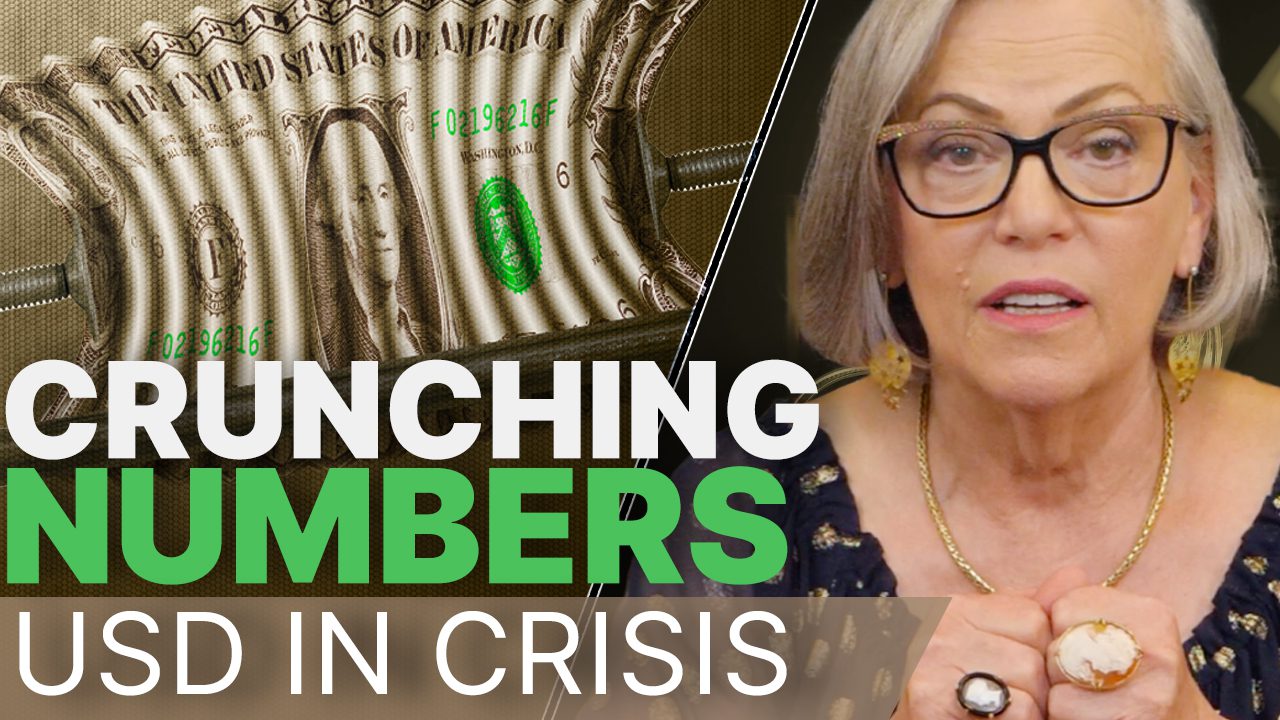Values of Gold Coins Depend on Rarity – Key Date Rarity Coins

Key Date Rarity Coins are those coins that are hard to locate or find due to low surviving populations from the original mintages. The survival rate is what is important here. The age and original mintage will not impact the value of the coin as much as the survival rate or number of coins known to exist (population).
U.S. coins from 1795-1933 are no longer being minted, in fact the original die is destroyed once a particular coin is done being minted. This prevented replication. Current populations are what determine if a particular coin is a key date rarity. In 1986, the advent of PCGS (Professional Coin Grading Service) and NGC (Numismatic Guarantee Corporation), which are independent third party grading companies, track these populations. They examine each coin through a system of standards recognized internationally to determine the quality and authenticity. This grade is then recognized internationally. PCGS and NGC publish population reports which can be tracked by individuals at any time. In fact when these companies started publishing population reports, some coins that were thought to be rare were discovered to be quite common.
Two official government gold confiscations in 1834 and 1933 helped eliminate most of the coins minted from 1795-1933, thus making them more appealing to investors and collectors alike.
When determining if a coin is a key date rarity, one must compare populations of a particular coin to populations of more common coins. Populations in a specific grade of 1-10 or even 10-100 would be considered very rare when compared to the most common coin in the St. Gaudens type. Over 126,000 are known to exist in just the mint state 64 grade.
One of the most well known cases of building a portfolio of rare gold coins that we know of is that of Harold S. Bareford an attorney from New York. Â Mr. Bareford accumulated his collection between 1945 and 1955 reportedly for $13,832. He later sold his collection in 1978 for $1,287,215.













